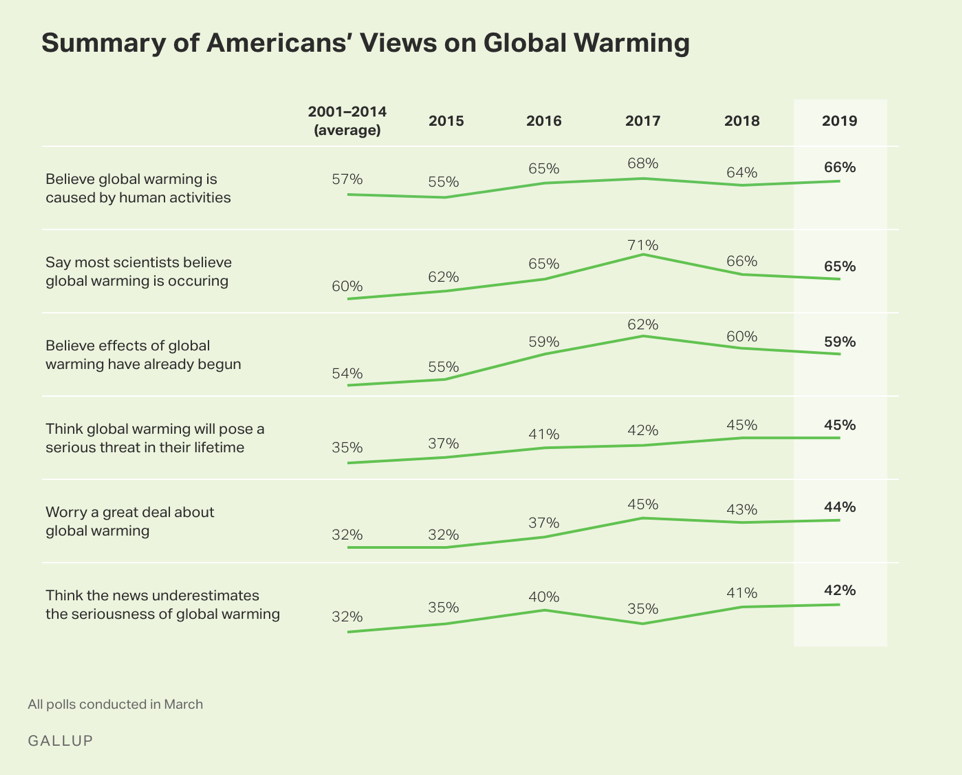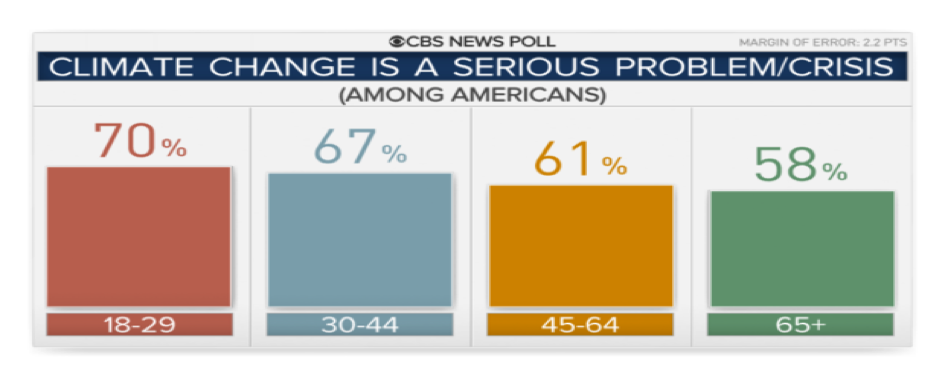By every measure imaginable, the new decade we have just begun demands action on climate change at a pace and scale never before seen. By the end of the 2020s, we must not only stabilize global greenhouse gas emissions but substantially reduce them and set ourselves firmly on the path to carbon neutrality. We can succeed only with strong political leadership.
As elusive as this leadership may appear right now, the essential building blocks are in place. As we close the books on the “20 teens,” it is helpful to consider the many types of foundational progress achieved that we can build on in the decade ahead. And, regardless of whether there’s support from the White House, it is time for Congress, governors, and corporate leaders to force durable climate solutions in which all U.S. citizens can see their own futures.
Growing Effects
The 2010s will no doubt be remembered as the decade when the world truly began to experience the devastating impacts of climate-influenced extreme events.
In the United States, Hurricane Sandy (2012) triggered a conversation early in the decade about the relationship of climate change and patterns of extreme weather events. The 2017 hurricane season featuring Harvey, Irma, and Maria showed the multiplier effect of disaster coupled with the lack of resources to bounce back. Stronger hurricanes produced record flooding and winds (Irma broke records with sustained winds of 185 mph or above for 37 hours), exacting especially heavy tolls in disadvantaged regions – much of Puerto Rico is struggling to recover from Maria.
California’s 2018 fire season was the worst ever, with more than 1.8 million acres burned, more than 100 people killed, and 17,000 homes and 700 businesses destroyed. As the decade begins, Australia is experiencing record hot temperatures and unprecedented bush fires devouring millions of acres.
The four hottest years on record were 2016, 2015, 2017, and 2018, and 2019 is certainly going to join the top 5. June 2019’s average global land and ocean temperature was the highest ever recorded.
Over the course of the 2010s, the concentration of carbon dioxide in our atmosphere rose from 388 to 412 parts per million. The last time carbon dioxide levels were this high was during the Pliocene Epoch, 5.3 to 2.6 million years ago, before humans existed. On our present course, according to the U.N. Environment Programme’s latest Emissions Gap Report, global temperature increase will exceed 3 degrees C by 2100.
A Decade of Foundational Progress
Altering these trends and putting the world on the path to carbon neutrality is likely the greatest challenge we have ever faced. What terms like “energy transition” and “clean energy revolution” really mean is changing the entire way we power our modern society while also providing a decent living standard for all. We must not only change how we generate energy but nearly double its production in the next 30 years to meet rising needs. Perhaps it is not surprising that this transition is daunting and frustratingly slow.
There is an additional reality that attaining net zero by 2050 is slipping away and overshooting seems likely. For global sustainability efforts we can’t deter urgent action, and pushing for that goal is better than our current course. The last decade, however, has in many ways set the stage for turning the corner in the 2020s. There I see five important areas of “foundational progress”:
- Growing general public awareness and strong youth advocacy for action
- The Paris Agreement framework for global cooperation and action
- Growing corporate action and support for policy
- U.S. state leadership and action
- A decade of significant technology advancement.
A key building block for leadership in the 2020s is the growing awareness of the effects of climate change. Gallup’s March 2019 survey (below) shows that a significant majority of Americans believe that climate change is caused by humans (66 percent), that scientists agree it is happening (65 percent) and that the effects have already begun (59 percent). By the end of the decade, 45 percent of Americans expected climate change to pose a serious threat in their lifetime and 44 percent said they worried a great deal about it.


